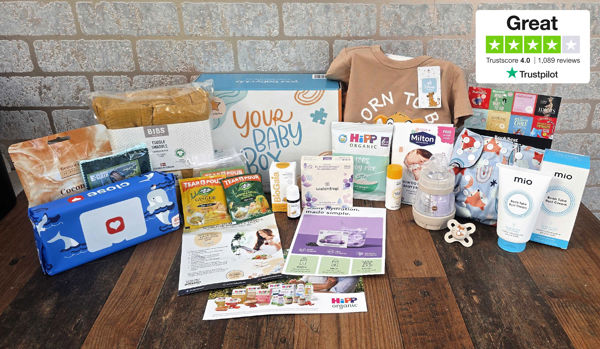
Get started on your parenting journey with feeding essentials, changing must-haves and other handpicked goodies from leading baby brands.

Get started on your parenting journey with feeding essentials, changing must-haves and other handpicked goodies from leading baby brands.
The information on the Your Baby Club website is not intended to be a substitute for professional medical advice, diagnosis or treatment. Always discuss any health concerns with a qualified healthcare provider and carefully review all guidance that comes with any medications or supplements before taking.